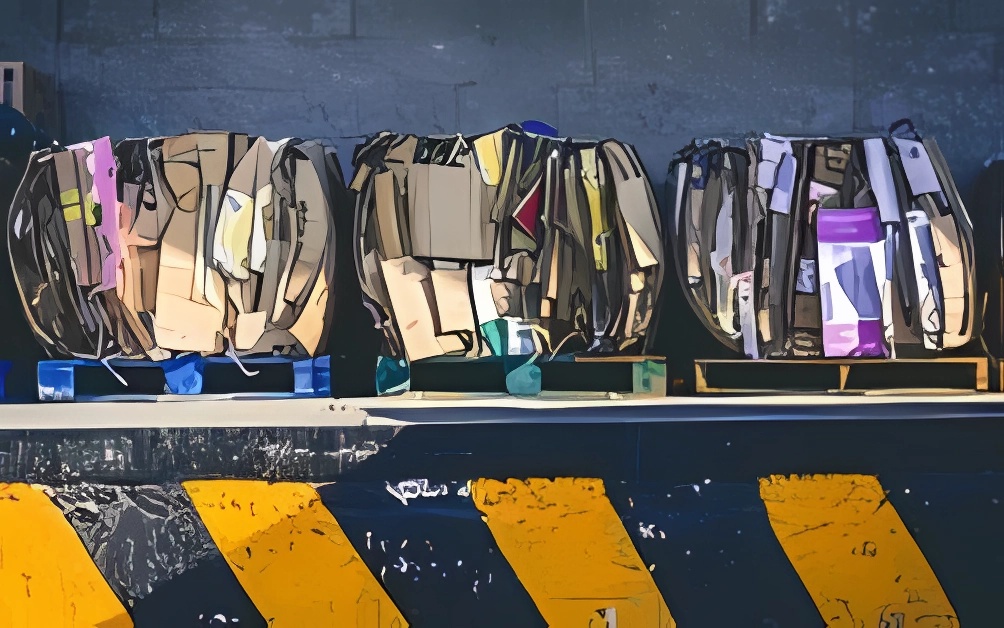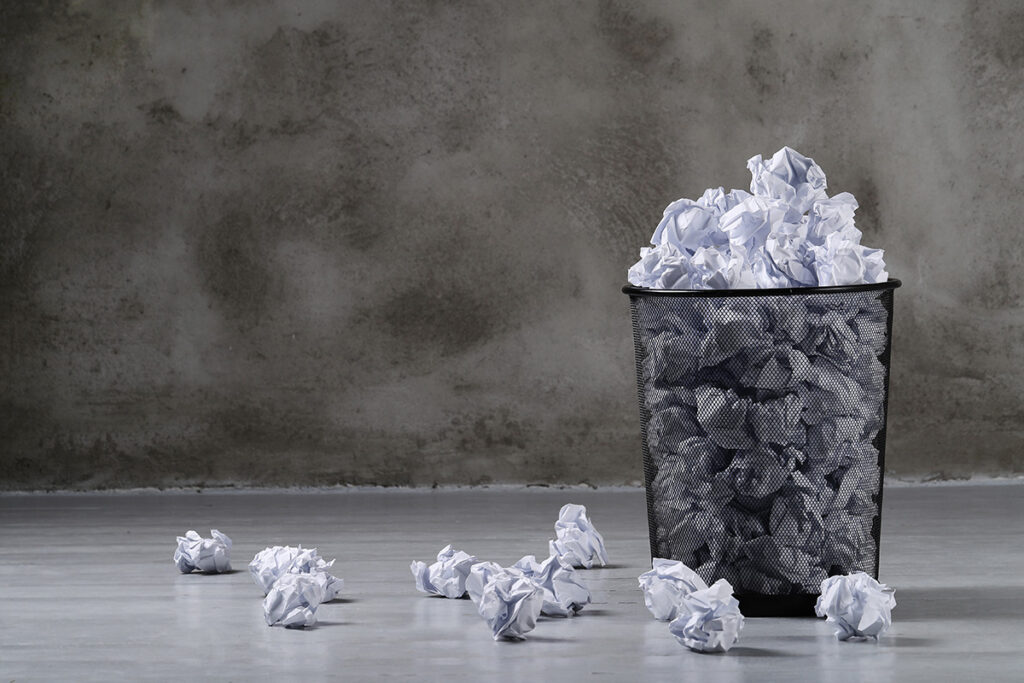Paper Waste
WASTE MANAGEMENT
Introduction
Paper is made of cellulose fibres, a renewable biopolymer derived from wood or waste paper. Paper consumption has vastly increased due to consumer demands, thus increasing paper production and the natural resources necessary to produce it. Unfortunately, paper needs a lot of natural resources to be made, and more often than not, it and its by-products end up in landfills in huge piles. A circular economy on paper can resolve that issue so that there is no waste and the material is used, again and again, saving up natural resources.
Description
The most important part of paper circular economy is “use and reuse”, which means that consumers should use paper in households and offices in a way that it can be reused easily, like avoiding getting paper dirty or crumpling and shredding it. They should maximize the use of the paper they already have and minimize that of the new paper. For cardboard or packaging paper especially, there are creative ways to reuse them like re-packaging or making decorations. While using paper, citizens should be conscious of three questions: Do I need that many paper? Have I used the other side of the paper? Can my work be done without paper? Citizens should also be aware that keeping paper clean of spills, glue and staples, makes it easier to recycle. Paper can easily be recycled through a pulping, de-inking and drying process and turned back into new paper products. It can also be turned into bio-based chemicals like monochloroacetic acid. Through incineration, paper can turn into energy or heat as well as produce by-products like ashes that can be used otherwise. Municipalities should put paper recycling boxes next to all printers and photocopiers as well as set up paper collection stations to facilitate the process of recycling. Paper that can be recycled, e.g.: cardboard, boxes, newspapers/magazines, office paper. Cannot be recycled: greasy containers, dirty napkins, dirty cartons, paper cups and paper towels.
One ton of paper is estimated to need 24 trees, 300 million litres of water and 32 million BTUs of energy. The EU had as a target for 2020 to reach a 74% of paper waste recycling, following the 72.3% of 2017. However, a higher goal might be difficult due to packaging paper also containing plastic and aluminium, meaning that not all highly used papers can be recycled.

Steps of paper recycling:
- Waste Collection
- Transportation
- Sorting & Baling
- Pulping
- De-Inking
- Drying
- Reorganization
- New Product

Advantages and challenges
+ Paper waste is easily recyclable as well as degradable in nature.
+ Recycling of paper waste saves a lot of natural resources such as trees (wood), water, oil and electricity, having high environmental benefits. The process also reduces the emissions of CO2, NO2 and SO2 and diminishes water pollution.
+ Paper doesn’t have to be recycled only back to paper as it can be used in the production of biochemicals.
+ Most packaging papers and cardboards are made of recycled fibers. Newspapers, napkins and printing paper can also be produced from recycled paper.
+ Recycling paper waste has high economic value due to profit made out of the development of new products.
– Paper can only be recycled a maximum of 7 times due to the fibers getting lost in the process or wearing out.
– There is difficulty in recycling coloured paper during the bleaching process. Ink and glue added by consumers are also difficult to separate from the material, making recycling of paper more challenging.
– There is not always enough pulp from used paper which means that manufacturers are not able to produce enough paper to cover the markets demands and end up adding additional raw materials.
– Paper such as sanitary napkins and coffee filters cannot be recycled.


